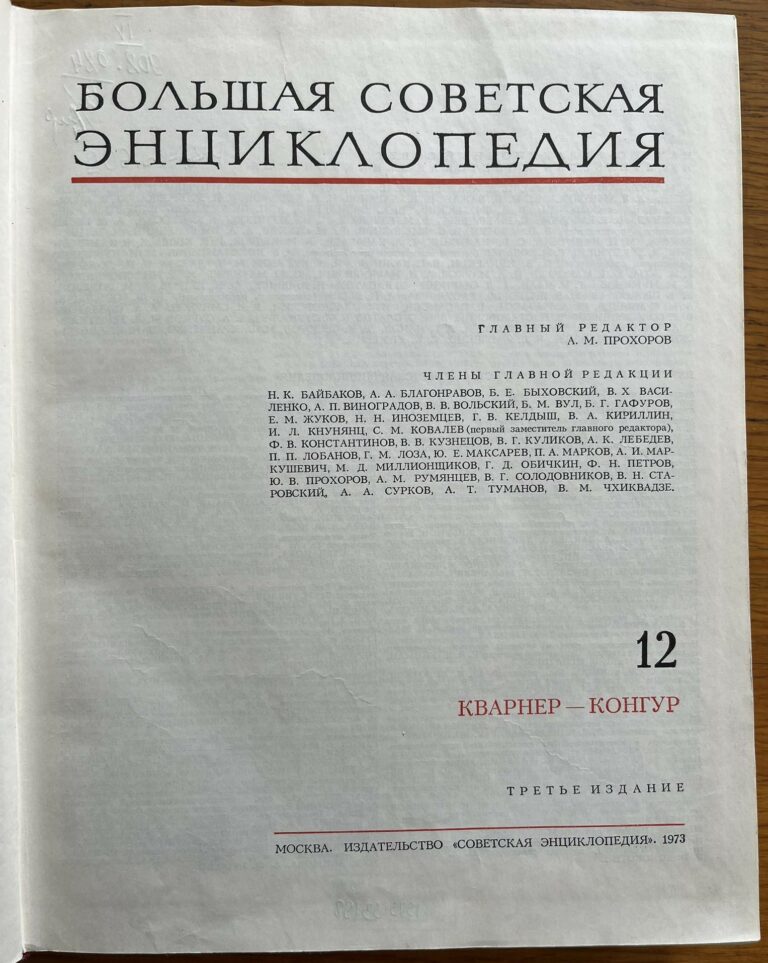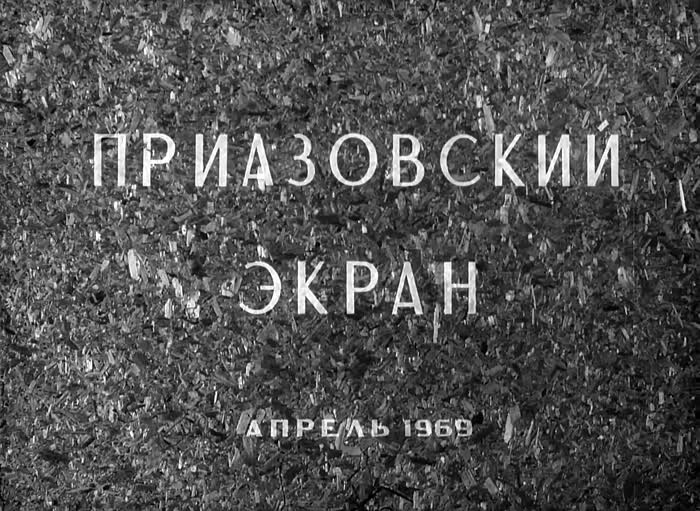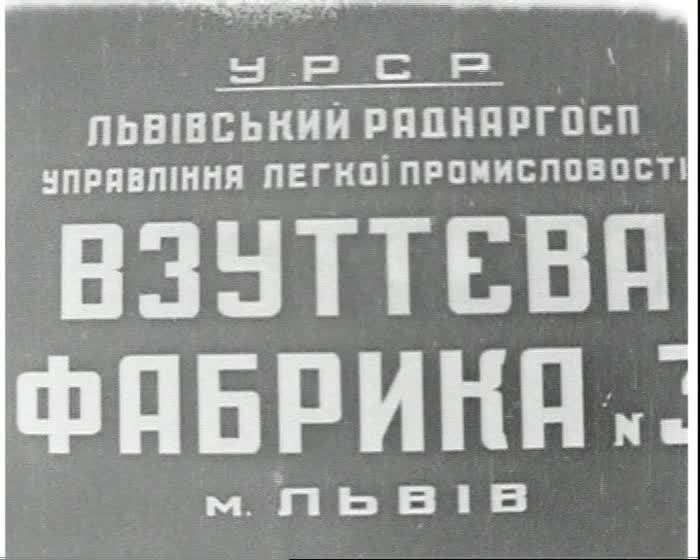The socialist competition in the USSR went through several stages in its development: the shock work of the turn of the 1920-30s; self-supporting brigades; the Stakhanov movement of the mid-1930s; the thousanders, etc. of the period of the Second World War; the Stakhanovism-shockwork of the period of “restoration of the national economy” (1950s); then, from the end of 1950s, the movement for a communist attitude to work. Since the 1970s, when the Soviet economy was already depending solely on natural resources, the socialist competition turned into a painful obligatory fiction, although it officially ended only in the second half of the 1980s.
The founders of the Soviet Union believed that the basis for new forms of labor was to be an amateur initiative and talents, of which the people have an endless source, managed by “nationwide accounting and control”. The method of introducing new forms of industry management was the widest propaganda of labor achievements. Soviet ideologists habitually cited Lenin who believed that labor could change a human being under socialism and advised how to organize socialist competition:
Under socialism, competition would allow workers to ‘display their abilities, develop their capacities, and reveal those talents’ suppressed under capitalism. One of the tasks of the new Soviet regime was to ‘develop this independent initiative of the workers’, and thus labor in itself was identified as a creative process in which workers engaged voluntarily and enthusiastically overseen by comprehensive accounting and control mechanisms. [1]
Nikita Khrushchev, who attempted to dissociate new Soviet initiatives from Stalinist labor politics and hoped to reconnect with Leninist views, introduced different approaches to socialist competition. The movement of communist labor brigades was born in October 1958, in the days of preparations for the 21st Congress of the CPSU. Soviet historians (like Semion Gershberg) claimed that the Publication of the resolution of the September Plenum of the Central Committee of the CPSU (1958) [2] on the convocation in January 1959 of a special XXI Party Congress prompted to discuss of the target figures for the seven-year plan for the development of the national economy of the USSR for 1959-1965. This seemingly caused an already traditional political and production upsurge in the working class, in the collective farm peasantry, and among the Soviet intelligentsia. A wave of rallies and meetings swept across the country, at which the working people accepted socialist obligations in honor of the 21st Party Congress. In accordance with the revolutionary tradition that has developed in the USSR to meet outstanding events in the life of socialist society with new labor victories – collectives of workers, employees, and engineering and technical workers made decisions on the early implementation of the annual plan, on increasing labor productivity, introducing new technology, reducing costs and improving product quality.
Along with the most important production goals and in close connection with them, the participants in the movement set themselves tasks of a moral and ethical nature, the problems of educating conscious workers in a communist society. For the first time in the history of the Socialist competition, members of the brigades and shock workers of communist labor assumed socialist obligations of a moral nature. The exemplar figure in the early 1960s was Valentina Gaganova, a young woman, who became a member of the Communist Party in 1957 and was appointed chief of the Komsomol youth brigade. In 1958, when the movement of communist labor brigades was initiated in the USSR, the party committee asked Gaganova to transfer to the lagging brigade. Thus, using her experience and ability to work with people, she competently and in a new way organized work in the brigade and quickly brought it to the forefront. This endeavor was considered by officials as an exemplar form of communist brigade ethics, so by decree of the Presidium of the Supreme Soviet of the USSR (July 8, 1959), Valentina Gaganova was awarded the title of Hero of Socialist Labor with the awarding of the Order of Lenin and the gold medal Hammer and Sickle. Her story was often highlighted as an example of selfless service to the interests of Soviet society, which resulted in a voluntary transition from the advanced brigade with higher wages to the backward one and raising it to the advanced level. Even though this initiative of Gaganova [pochin] was motivated by the officials, it was popularized as an outstanding act of great importance for the further growth of the great movement for the communist attitude to work. According to propaganda, Gaganova’s Pochin (example of selfless work) became widespread among many workers of the USSR and other socialist countries. She transferred several more times to lagging brigades, which under her leadership won the rank of communist labor brigades. As of 1960, she was a member of the Central Committee of the Trade Union of Textile and Light Industry Workers of the USSR.
Workers like Gaganova commenced to fight against the remnants of the past in the minds of people, to strengthen comradely solidarity and mutual assistance at work and at home, and to stand guard over the norms of socialist society. They promised to learn how to live in a communist way, “to conduct production in such a way as to devote one’s work, one’s strength to the common cause” [3]. Ideologists of the 1960s assured that Lenin’s idea of socialist collectivism found expression in the most popular motto of the competitors: One for all and all for one! Consequently, the moral and ethical obligations of members of the communist labor brigades were supposed to have an educational impact on those around them. A distinguishing feature of the movement of brigades and shock workers of communist labor was that it posed in a new way the problem of raising the cultural and technical level of the entire mass of working people. Competitors were urged to commit to completing secondary or even higher education. Communists believed that this requirement corresponded to a new stage in the technical progress of the USSR, based on the introduction of complex mechanization and automation of production, on the application of the latest scientific achievements. Communists desired that high technology corresponded to the high culture of the worker, and this union supposedly created objective conditions for eliminating the essential differences between physical and mental labor in the USSR.
The movement of brigades and shock workers of communist labor was effective for a certain period but, as in other historical instances of soviet labor competition, diminished in time. If, according to official data, the increase in labor productivity in 1966-70 was 6.8%, then in 1976-80 it was 3.3%, and in 1981-85 it was 2.7%. The growth rate of national income from 1966 to 1985 fell from 41 to 17%. [4]. Already in 1971, the Central Committee of the CPSU had to issue a decree, On the Further Improvement of the Organization of Socialist Competition, which stated that:
There is an underestimation of moral incentives for work, and the existing system of moral encouragement is not always consistently applied and correctly used. Often, a proper combination of material and moral incentives is not provided. [5].
Officials had to admit that some Party’s organizations, trade unions, Komsomol, and economic bodies underestimated the social and educational role of socialist competition, its importance in developing initiative, drawing the working people into the management of production, and raising their consciousness.
Despite the difference in names from previous forms of competition, the essence of the movement of brigades and shock workers of communist labor in the USSR was reduced to a form of a special agreement that stipulated the terms and amounts of payment for a certain amount of work and all other necessary production conditions. The state assumed the obligation to comply with the work contract, not interfering in the organization of labor and the distribution of the wage fund within the contract team, and not reducing the established wage rates. Besides higher salaries, leading workers could count on a standard set of honors: a photo on the factory honor board [doska pocheta], to be publicized in the factory newspaper, an honorary title with a badge on a jacket, the right to be photographed at the Banner of Victory, to get apartments and cars faster than other colleagues, to get a medal or an order, and especially distinguished ones – even a star of the hero of socialist labor. However, the solemn promise of the state not to cut wages while increasing output, often remained on paper. As soon as the contract team reached increased productivity, the state reduced the amount of wages to the established level of average wages. Obviously, people began to leave competition brigades and the initiative often faded.
Literature:
- V.I. Lenin, Collected Works, vol. 26: How to Organise Competition?
www.marxists.org/archive/lenin/works/1917 /dec/25.htm - Pravda, 7 September 1958.
- V. I. Lenin. Collected Works, vol. 31, P. 272.
- Voznesenskiy L.A. Istiny radi… [For the sake of truth…] Moscow: Respublika, 2004, P. 15.
- Kommunisticheskaia partiia Sovetskogo Soiuza v Rezoliutsiiakh i Resheniyakh S’iezdov, Konferentsiy i Plenumov TSK [The Communist Party of the Soviet Union in resolutions and decisions of congresses, conferences, and plenums of the Central Committee.]. Vol.12, Moscow, 1985. P.138.








